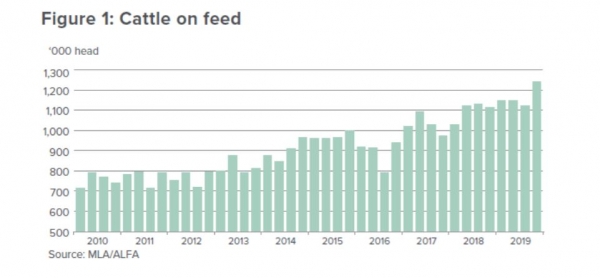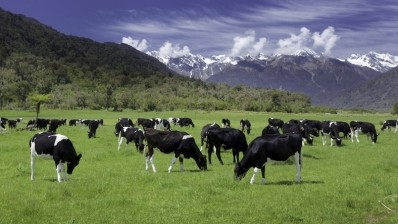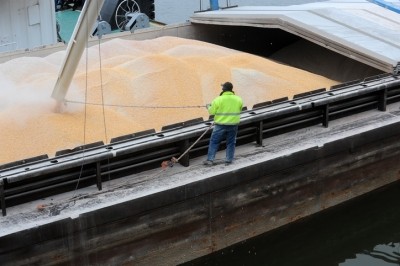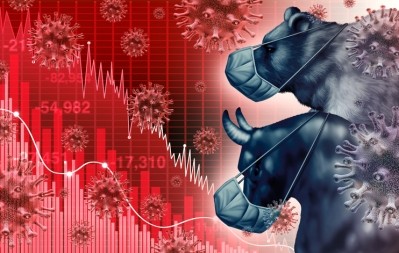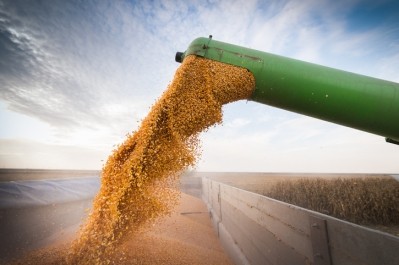Australian and NZ beef production forecast down this year
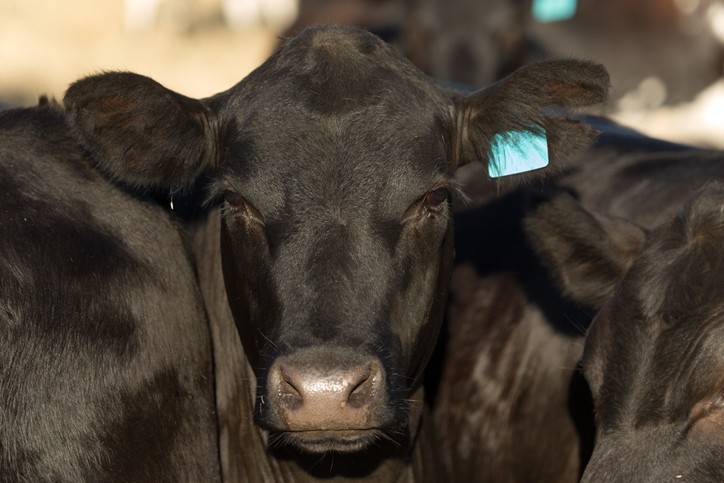
Although significant rainfall in some key cattle areas in January and February were a positive sign for farmers, further precipitation will be key to determining the extent of rebuilding, said the authors.
Australia’s cattle numbers have already reached the lowest level in more than three decades. The USDA team predicts that cattle inventories will continue to decline in 2020, albeit at a much slower rate due to expected herd rebuilding.
Recent bushfires in Australia caused widespread damage but did not have a large impact on cattle production areas and are expected to only have very minimal effect on cattle numbers, finds the US agency's outlook.
They also forecast that Australia’s beef exports will fall by 20% in 2020.
High feed prices
“Australia’s beef production and exports are forecast to drop sharply in 2020 due to the impact of the multi-year drought in key production areas. This fall in production is expected because of two key factors.
“Firstly, the lack of pasture and high feed prices as a result of the drought, coupled with strong export demand, resulted in very high cattle turnoff in 2019. This included a record number of cows slaughtered. This has reduced the overall herd size to the lowest in decades, reducing the availability of cattle in 2020.
“Secondly, herd rebuilding is expected to take place in 2020, and this will curtail the number sent to slaughter, especially of female cattle. The timing and extend of herd rebuilding, however, will be highly dependent on further rains boosting farmer’s confidence in sufficient availability of feed for their cattle,” said the market specialists.
Strong rains in some drought-hit areas in early 2020 were a positive sign for some producers, but further precipitation will be key, noted the publication.
"Plentiful rainfall in January and February in some areas, after years of dryness, has already boosted some farmer confidence and caused a sharp rise in cattle prices. However, because of the severity of the drought, more rain is likely to be needed before many farmers will have confidence in having sufficient feed to start to restock. As a result, there is expected to be a strong correlation in coming months between rainfall and the extent of the fall in the number of cattle sent to slaughter."
Higher cattle on feed numbers have been driven by demand factors, with strong export demand for grain-fed beef, though. Japan, China, and South Korea are largest markets for Australian grain-fed beef, reported the USDA.
Although export demand will remain strong, if rains continue and pastures improve the desire for restocking and greater on-farm feed will likely begin to reduce cattle on feed numbers.
Lower NZ beef output forecast
In another report, the USDA sees New Zealand beef production as falling by 5% in 2020 to 675,000 metric tons.
“This is a result of lower expected slaughter and very dry weather in the North Island, which has reduced pasture growth and is expected to lower average carcass weights. Beef exports are also forecast to fall slightly, and exports to China have been impacted by the virus outbreak.”
“Currently, two issues dominate the New Zealand beef sector. First, the swift elevation of China to the number one destination for New Zealand exports has hit a bump in the road. The spread of the coronavirus, Covid-19, in China has stalled meat shipments and caused logistical delays.
“Secondly, combined with this interruption to trade, a prolonged dry spell centered in the North Island has developed into a full-scale drought in some regions, with the dry weathers impacting carcass weights and increasing the number of cattle farmers are sending for slaughter earlier in the year. Because of this increased slaughter, meat processors are not having to compete for stock which has led to a significant and sharp decline in farmgate beef prices.
“However, in general, the livestock sector believes these two issues will be relatively short-lived and the underlying demand in China is still strong.”
